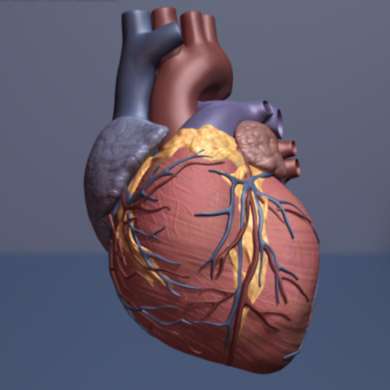Procedure to plug a hole in the heart is effective and safe

Closure of a patent foramen ovale, or “hole in the heart,” is effective and well-tolerated with low rates of complications, according to a narrative review published today by the Medical Journal of Australia.
Patent foramen ovales (PFOs) form in fetuses and are a vital route of blood circulation from the right atrium to the left atrium of the heart, before the lungs are fully functional. At birth, blood returning from the pulmonary circulation increases with lung function, causing the PFO to close. However, in 20-34% of the general population, closure does not occur. In most cases PFOs do not cause problems, but complications can occur.
Led by Dr. David Roy and Dr. Kenneth Cho, from St Vincent’s Hospital Sydney, the authors conducted a literature review for studies exploring the indications, approaches and complications of PFO closure.
Their findings included:
- While most people do not have secondary manifestations of a PFO, some reported sequelae include ischaemic stroke, migraine, platypnoea–orthodeoxia syndrome and decompression illness; furthermore, in some cases, PFO closure should be considered for patients before neurosurgery and for patients with concomitant carcinoid syndrome;
- Recent trials support PFO closure for ischaemic stroke patients with high-risk PFOs and absence of other identified stroke mechanisms;
- While PFOs can be associated with migraine with auras, with some patients reporting symptomatic improvement after closure, the evidence from randomized controlled trials is less clear in supporting the use of PFO closure for migraine treatment;
- PFO closure for other indications such as platypnoea–orthodeoxia syndrome, decompression illness and paradoxical embolism are based largely on case series with good clinical outcomes;
- PFO closure can be performed as a day surgical intervention with high procedural success and low risk of complications.
“PFO closure is a safe and effective procedure with very high rates of closure success and low complication rates,” Roy and colleagues concluded.
Source: Read Full Article
